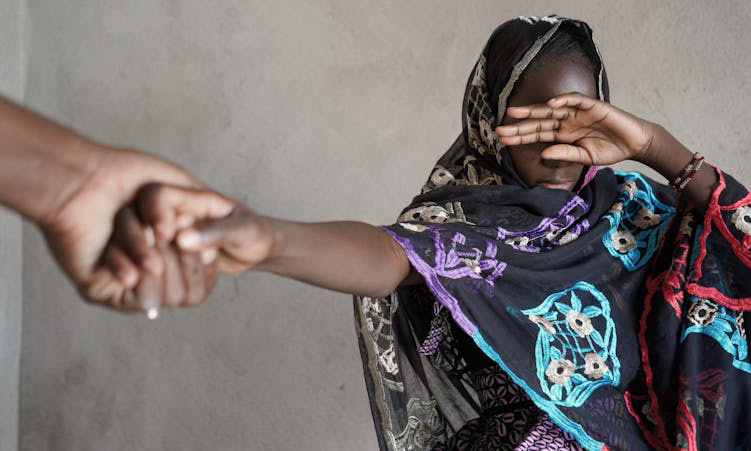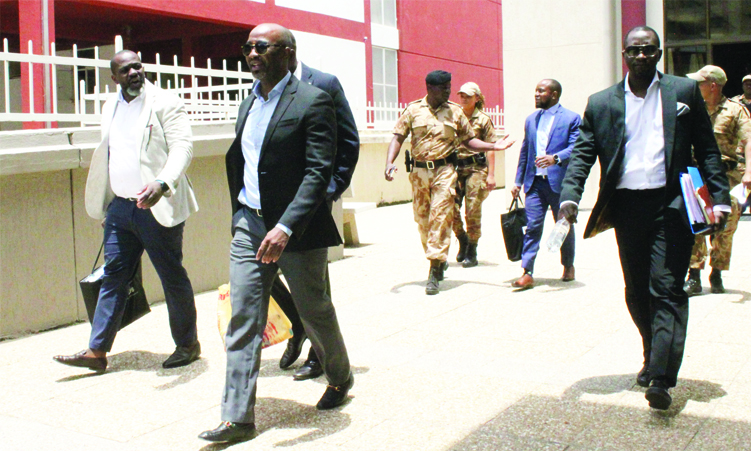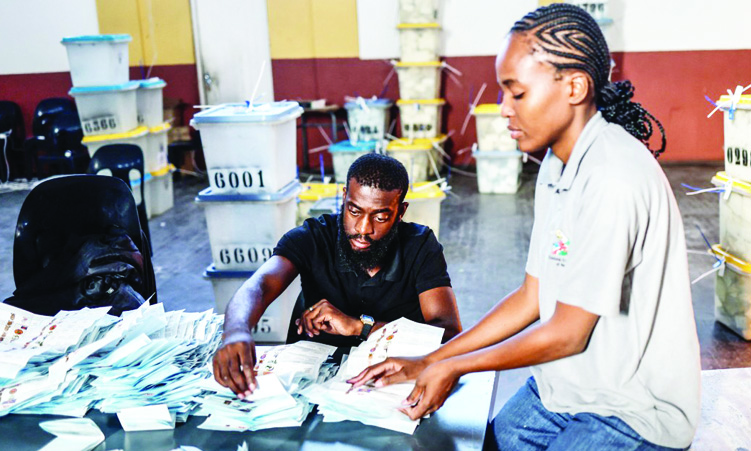It is well known that Otjimbingwe is a settlement in the Karibib electoral constituency of the Erongo administrative region.
What is not widely known is Otjimbingwe’s historical significance.
I only stumbled upon Otjimbingwe’s history through preparing for a work assignment in the settlement.
I learned that the Damara people settled in the area in the early 18th century, when Otjimbingwe was strategically located on the trading route between Walvis Bay and Windhoek.
The Old Bay Road was an important ox wagon track built in the 1840s by Jonker Afrikaner, and Otjimbingwe was an economic and cultural hub at the time.
History records that the settlement also experienced its fair share of skirmishes, attacks and plundering.
The famed Battle of Otjimbingwe occurred in 1863, which accounts for the interest of military historians.
The battle is recorded as one of the largest of the Herero-Nama war.
Otjimbingwe attracted many miners and merchants after copper was discovered in 1854, but reportedly the mining El Dorado had a short run.
Pioneering Swedish trader Karl Andersson established his business interests in the bustling town, as did the Rhenish Mission Society at the Augustineum seminary.
Founded in 1866 at Otjimbingwe by Rhenish missionary Carl Hahn, Augustineum was a seminary and teacher training college.
Hahn also founded the first school of South West Africa at Otjimbingwe in 1876.
Through research, I discovered that when Germany established its sovereignty over the territory in 1884, and the country became the German colony of South West Africa, the colonial administration was located at Otjimbingwe from 1884 to 1890.
As the 19th century ended, the town’s importance declined rapidly due to the German administration’s move to Windhoek, as well as the relocation of the Augustineum seminary to Okahandja in 1990.
The final blow came when it was decided that the railway between Swakopmund and Windhoek should bypass Otjimbingwe.
FROM THE PAST TO
THE HERE AND NOW
Otjimbingwe, which means ‘place of refreshment’ because of its location at the junction of the Swakop and Omusema rivers, may have enjoyed economic glory in the past, but things look very different at the settlement today.
Now, it is the proverbial one-horse town. Although, there was no horse in sight during my stay. There were plenty of donkeys.
Otjimbingwe has endured a long period of economic stagnation since its glory days. Repositioning the settlement, with high unemployment and infrastructure that requires upgrading for growth and development, is a daunting task.
In a modest manner, the process has begun with the identification of entrepreneurs operating enterprises formally and informally.
This will be followed by a strategy to develop the skills of those already in business by assisting them with identifying new opportunities for reinvestment and guiding them in terms of accessing the necessary growth funding.
The aim is to encourage local entrepreneurs to grow their respective businesses.
The establishment of Otjimbingwe’s local economy on a growth trajectory will not be easy and will require coordinated and sustainable interventions across a range of policy areas, but that is best left to the politicians and bureaucrats.
We must focus on assisting local entrepreneurs to create wealth and jobs.
- Reach Danny Meyer at danny@smecompete.com
Stay informed with The Namibian – your source for credible journalism. Get in-depth reporting and opinions for
only N$85 a month. Invest in journalism, invest in democracy –
Subscribe Now!






